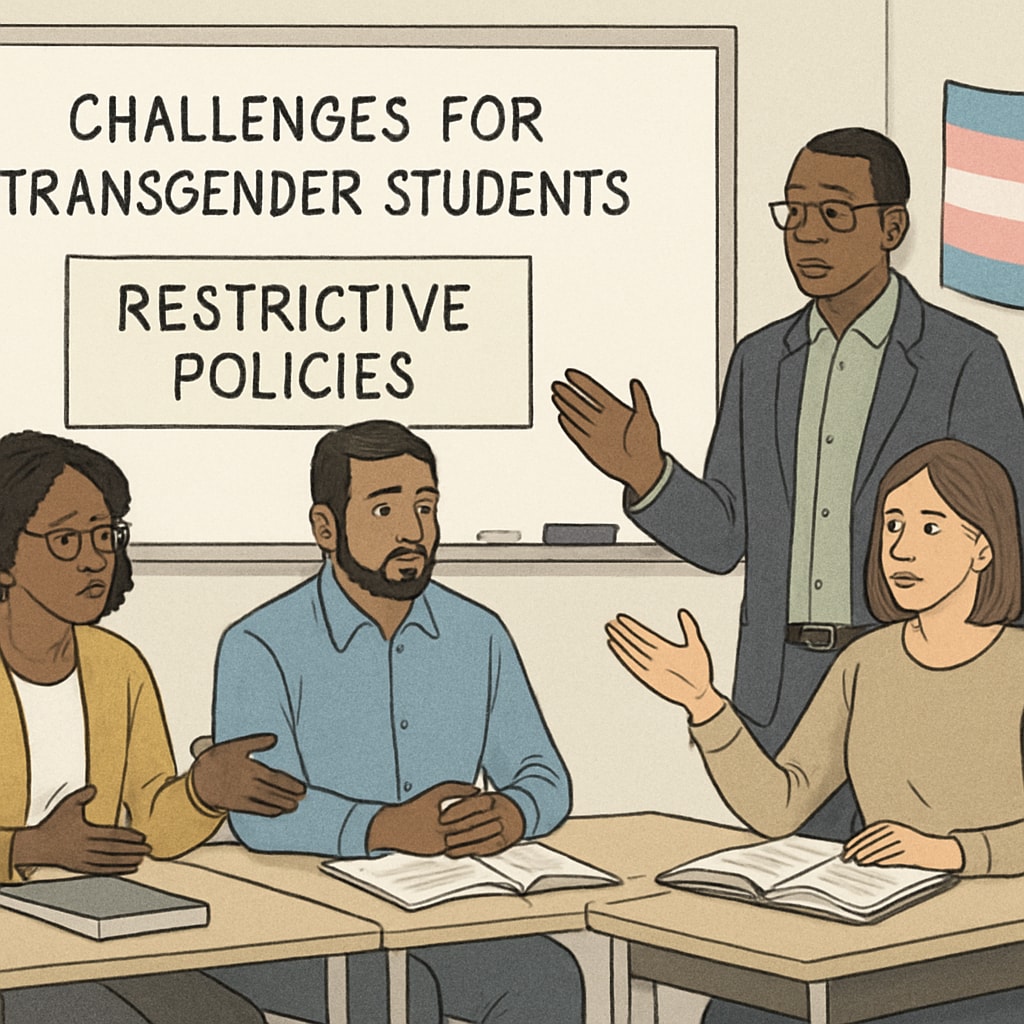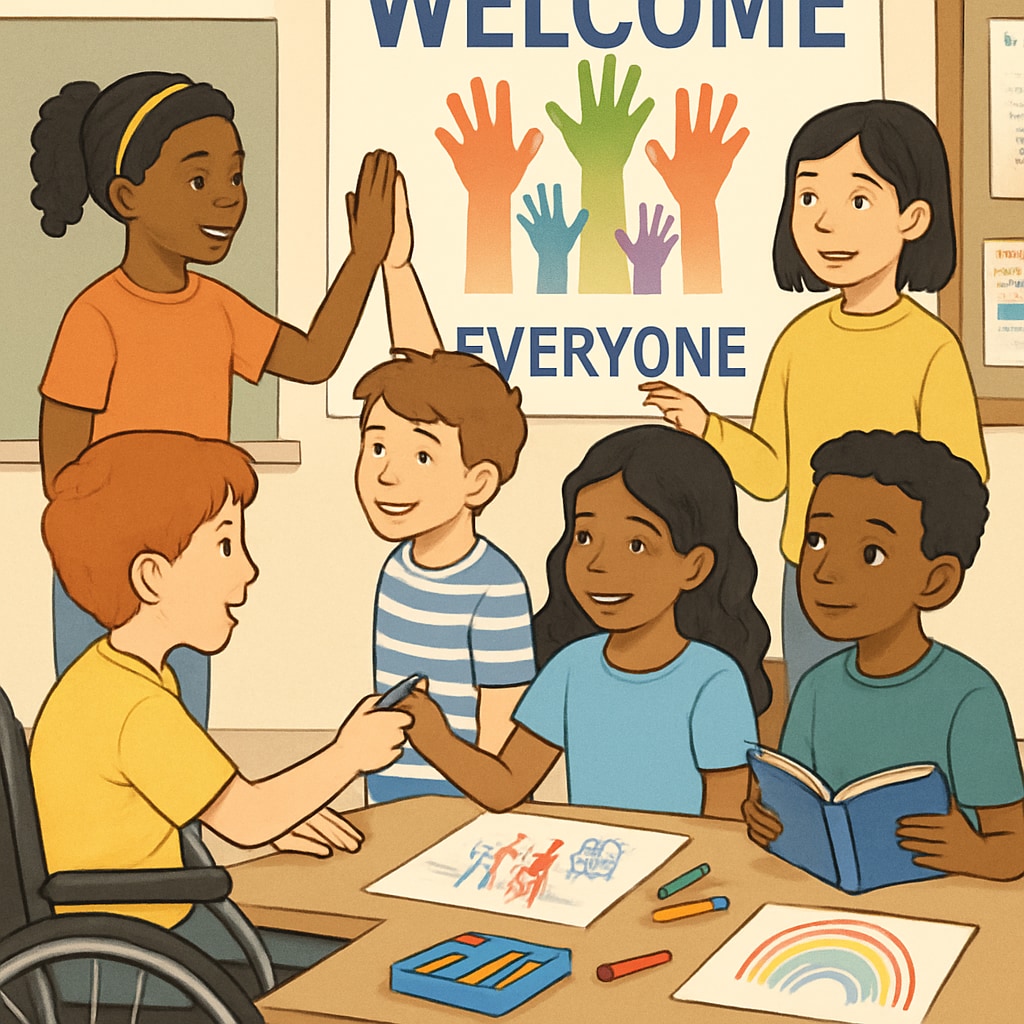The agreement between Brown University and the Trump administration under Executive Order 14186, which defines gender strictly within a binary framework, has raised significant concerns regarding the rights of transgender students. While the immediate focus of this policy is on higher education, its ripple effects extend into K-12 education settings, potentially undermining protections for transgender students and creating challenges for educators tasked with fostering inclusive environments.
Understanding the Brown University Agreement
In 2018, Brown University signed an agreement with the Trump administration that aligned with Executive Order 14186, redefining gender as strictly male or female. This binary definition stands in stark contrast to the inclusive policies previously adopted by many educational institutions, which recognized gender as a spectrum. The agreement represents a shift in federal priorities and has implications not only for college campuses but also for K-12 environments, where these policies often serve as precedents.

Implications for K-12 Education
The binary gender definition stipulated in the agreement could directly influence K-12 schools, as they often mirror policies implemented in higher education. For example, transgender students may face restrictions in accessing gender-affirming facilities, such as bathrooms and locker rooms, or participating in sports aligned with their gender identity. Additionally, the policy might hinder the development of inclusive curriculum materials that represent diverse gender identities.
Educators, school administrators, and policymakers are tasked with navigating these challenges to ensure that all students feel safe and valued. However, the restrictive nature of Executive Order 14186 complicates this process, particularly in states or districts that rely heavily on federal guidelines.
Protecting Rights in Complex Policy Environments
Despite the constraints imposed by the Brown University agreement and Executive Order 14186, there are proactive steps educators and administrators can take to support transgender students:
- Inclusive language: Encourage the use of pronouns and names that align with students’ identities.
- Safe spaces: Designate areas within schools where transgender students can feel secure and supported.
- Training programs: Provide professional development for teachers and staff to understand gender diversity and foster empathy.
- Advocacy: Collaborate with advocacy groups to push for local policies that protect transgender students.
For example, organizations like GLSEN (GLSEN Official Website) and the ACLU (ACLU Transgender Rights) offer resources for educators and schools navigating these challenges.

Looking Ahead: Advocacy and Awareness
As the educational landscape evolves, the impact of policies like Executive Order 14186 underscores the importance of advocacy and awareness. While agreements such as the one signed by Brown University may limit federal protections, local communities and grassroots organizations play a crucial role in safeguarding transgender student rights. Schools should prioritize creating environments where every student, regardless of gender identity, can thrive academically and socially.
In conclusion, the agreement between Brown University and the Trump administration serves as a reminder that education policies have far-reaching consequences. By addressing these challenges head-on, educators and advocates can work toward a future where gender diversity is celebrated, and every student feels empowered to succeed.


